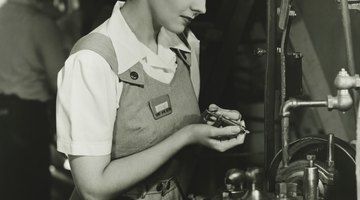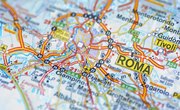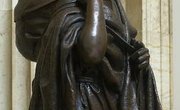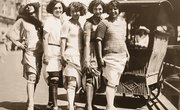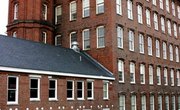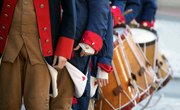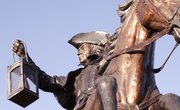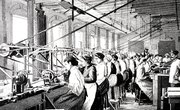Feminism is the belief that women have the same rights as men and should be treated accordingly. Organized feminism fell silent during the Great Depression of the 1930s. Working women were seen as taking scarce jobs away from men who were the rightful breadwinners. In the 1940s, patriotism kept women away from feminist meeting halls. However, American’s involvement in World War II marked a sea change in women’s roles. Although not obvious at the time, 1940s women were planting seeds for the rebirth of feminism.
WACs, WAVEs and WASPs
Women were not allowed to serve in the military except as nurses until shortly the bombing of Pearl Harbor. Approximately 350,000 women served during the war. Each branch of the service had its women’s auxiliary: the Women’s Army Corps (WACs), the Navy Women’s Reserve (WAVES), the Coast Guard Women’s Reserve (SPARS), the Marine Corps Women’s Reserve, the Women Airforce Service Pilots (WASP). Women replaced men as office workers, gunnery instructors and in other non-combat roles. These trail blazing 1940s women trained new pilots, flew transport planes, repaired equipment and generally freed men up to fight. This gave women a taste of the camaraderie, structure and pride in service experienced by their male counterparts. Many carried that into the postwar years as organizers of women’s associations.
Rosie the Riveter
Women were crucial to the war effort in the factories as well. The image of Rosie the Riveter proclaiming "We can do it!" symbolized women recruited to fill critical jobs in the defense industry. Like their sisters in the military, women working in civilian jobs experienced learning new skills, earning their own wages and a sense of belonging to a valued team. But they also experienced discrimination as factory owners reclassified these jobs as lower-paying "female" jobs. Many women became active in labor unions during this period. Initially, women were shunned in the labor movement because labor leaders were fighting for higher wages that would allow men to be the sole breadwinner in the family. Up to 3 million women eventually joined unions during the war. When the war ended and the men returned to reclaim "their" jobs, some women were less than enthusiastic about returning to domestic roles deemed suitable for proper 1940s ladies. Many continued their union work and later transitioned to women’s organizations.
Superhero Wonder Woman
In 1941, psychologist and feminist Dr. William Moulton Marston was hired by the creators of DC Comics to create a feminine superhero. Wonder Woman made her debut in late 1941 bringing a new vision of femininity that incorporated strength, intelligence, patriotism and beauty with a dash of Greek mythology. From the very beginning Wonder Woman played an influential role in feminism of the 1940s. As an unapologetic feminist, she encouraged girls to believe that with sufficient determination and hard work, a woman could be as successful as a man. She was an immediate success with an eventual readership of 10 million and appearances in four comic books and a daily newspaper strip. Young women identified with her patriotism and aspired to emulate her strength and bold 1940s style.
Iconic 1940s Women
Along with Rosie the Riveter and Wonder Woman, First Lady Eleanor Roosevelt became a household name. Eleanor and her supporters brought visibility and power to feminism in the 1940s. Eleanor inspired women around the world. Throughout the war, the president sent his "missus" on fact-finding missions and listened carefully to her counsel. She became his chief campaign asset and a tireless worker on his behalf. After her husband’s death, Eleanor Roosevelt had thought to retire, but President Truman needed her as an adviser and an ad hoc diplomat. Her collaboration with women’s organizations and with the fledgling United Nations provided women with a useful role model during the post-war period as they readjusted to lives as homemakers. They followed her writings in women’s magazines and listened to her weekly radio program. These outlets and her unstinting speaking tours kept her in touch with 1940s women’s concerns and inspired many other women to follow her lead into more active political involvement.
Related Articles
References
Resources
Writer Bio
Dee Shneiderman, former librarian and paralegal, has been writing for 40+ years. Published in Compute! Magazine, she helped found The Crescent Review literary magazine. Owner of Frugal-Foto Photography, she holds a Bachelor of Arts in English, a Master of Library Science and a North Carolina Truck Driver Training certificate.

